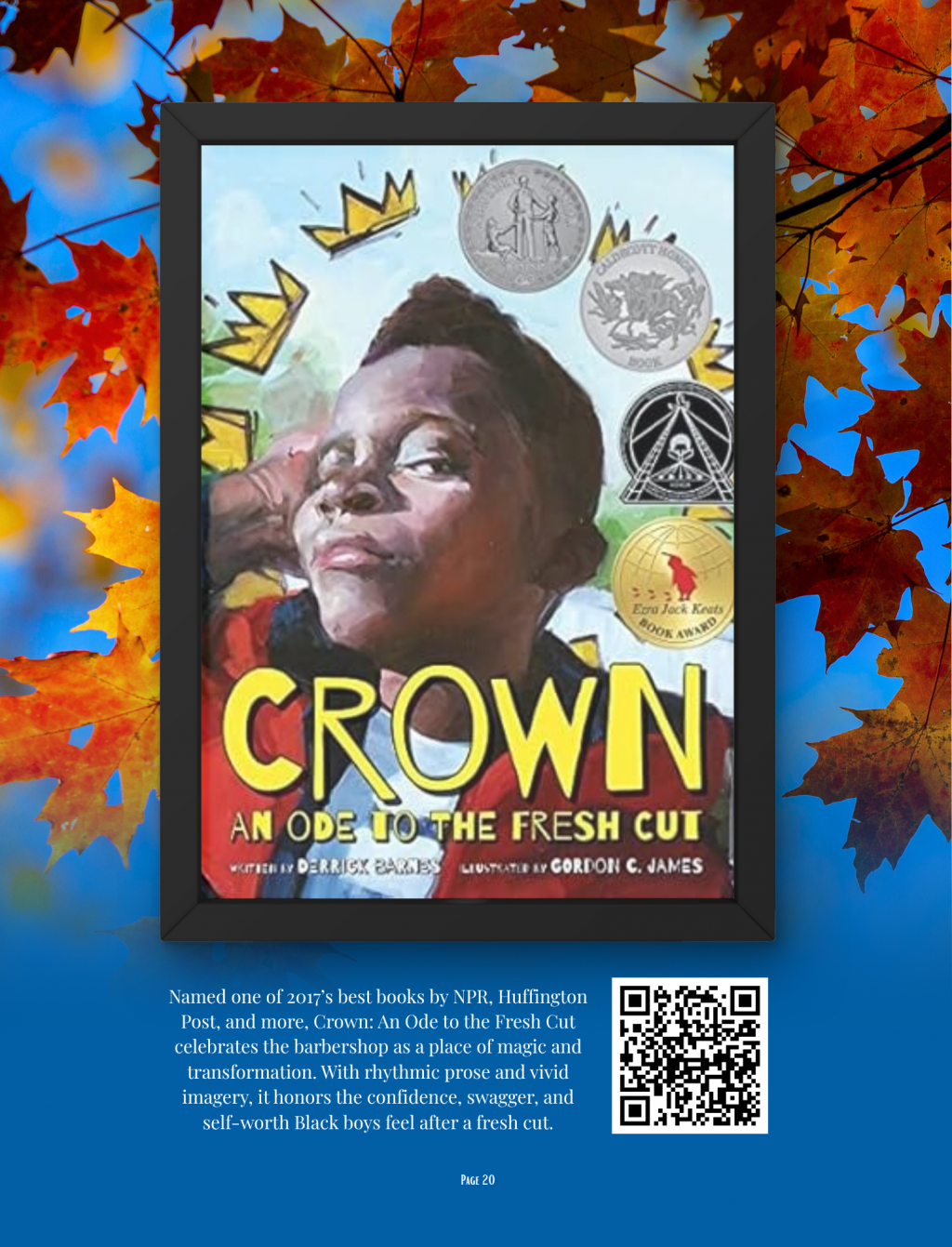Writing for Children: Telling the Stories That Shape the Future
3 min read
The Magic and the Mission
Writing for children is not easy work, but it is sacred work. You are not just entertaining them. You are shaping how they see the world. When you write for children, you are writing for the child you once were and the children who will come after you. That is a serious kind of love.
Children’s stories have power. They can teach empathy, heal old wounds, and build pride. A good story helps a child see themselves as the hero, even when the world tells them otherwise. A great story helps them see everyone else as human too.
Know Who You Are Talking To
Every age group reads differently. A picture book sings like a poem. A middle grade novel digs deeper into fear, bravery, and friendship. When you know who you are talking to, you can find the right rhythm and the right truth.
Children are sharp. They can smell a fake moral from a mile away. Don’t talk down to them. Talk to them. Tell the truth in a way their hearts can hold.
Themes That Stay With Them
The best children’s books are honest. They talk about love, loss, family, courage, and fairness. They ask big questions in small words.
You don’t have to preach. Just tell a story that matters. A story about a kid who stands up for a friend can teach justice better than a sermon. A story about losing a pet can start a gentle talk about grief. A bedtime story about kindness might make the next school day a little better.
Language That Feels Like Music
Kids feel rhythm before they understand rules. Repetition helps them remember. Rhyme helps them laugh. Surprise keeps them turning the page.
Read your story out loud. If it stumbles in your mouth, it will stumble in theirs. Use short sentences when things move fast. Slow down when you want them to feel.
Children hear music in words. Write a song they want to sing again.
Representation Is Not Optional
Every child deserves to see themselves in a story. Not just as the sidekick or the lesson, but as the hero. Write books that show Black children being joyful, curious, messy, and real.
Diversity is not a trend. It is truth. When a child sees a book where their hair, their name, or their neighborhood exists on purpose, it changes them. It tells them they belong.
Pictures Tell Half the Story
In children’s books, words and pictures work together. You don’t have to describe what the illustration already shows. Let the art breathe. Focus your words on the feeling.
If you are self-publishing, find an illustrator who understands your message. The colors, the cover, and even the font should match the heartbeat of your story.
Write From Love, Edit With Purpose
Write from the heart, but revise with intention. The story that feels good to write might not be ready to publish yet. Editing children’s stories means protecting the clarity without losing the soul.
Children remember the stories that make them feel seen. Be honest. Be brave. Be gentle. Writing for children is an act of faith. You may never see the impact your words will have, but trust that they matter. Every story is a seed. Some will bloom years later, when a grown-up remembers the book that made them believe they could fly.






